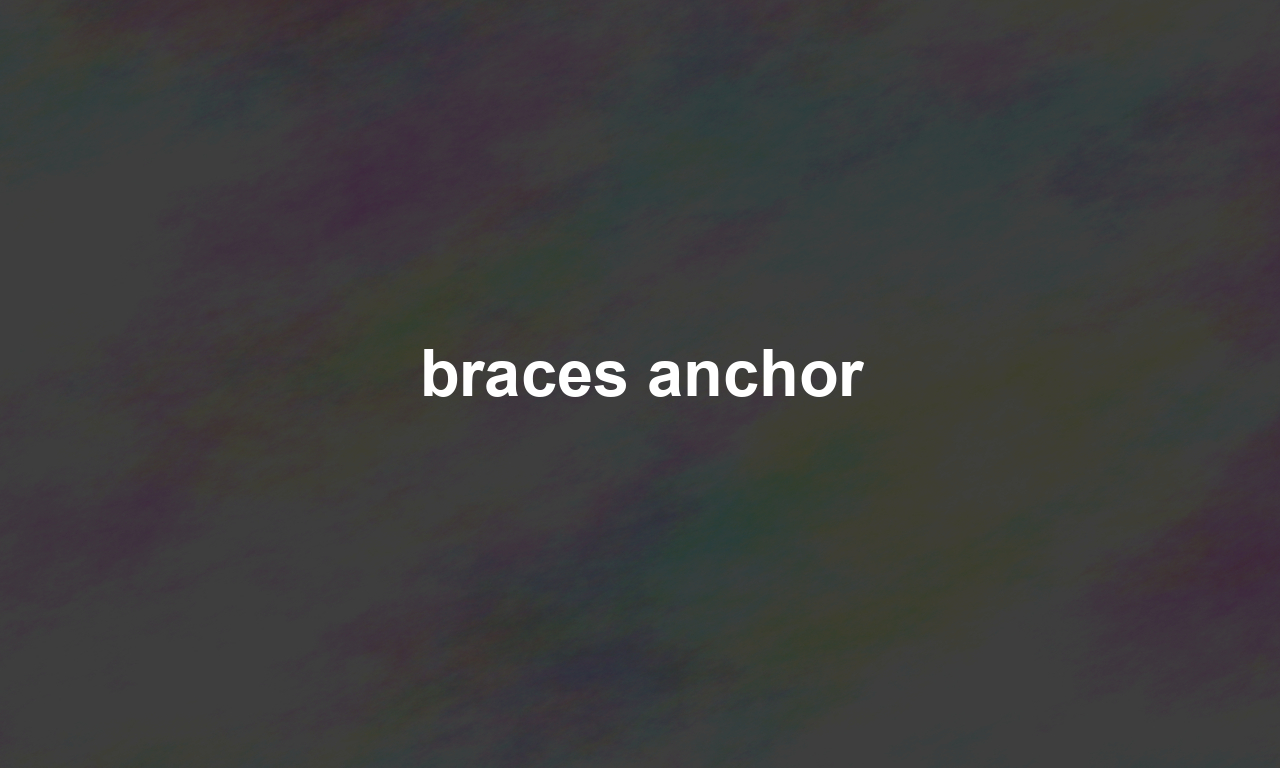Are you or someone you know about to embark on the braces journey? Whether you’re aiming for that perfect smile or correcting some dental misalignments, understanding the role of braces anchors can make the process easier and more effective. Keep reading to learn all the ins and outs of braces anchors—what they are, why they’re used, and how they can benefit your orthodontic treatment.
What Are Braces Anchors?
Braces anchors, often referred to as Temporary Anchorage Devices (TADs), are small titanium implants used to provide a stable point against which your teeth can be moved. Think of them as the solid foundation that braces and other orthodontic appliances pull against to shift your teeth effectively.
TADs are typically placed in the bone between the roots of your teeth, and they’re removed once treatment is complete. They are incredibly helpful in complex cases, offering more precision and better results.
Does Everyone Need Braces Anchors?
Not at all! While braces anchors are incredibly useful, they aren’t necessary in every case. They’re often used in complicated orthodontic treatments that require significant tooth movement. Your orthodontist will determine if TADs are needed based on your individual treatment plan.
Benefits of Braces Anchors
Here are some reasons why these tiny devices pack a big punch:
- Precision: Braces anchors provide a stable and non-moving point for applying force, allowing for more accurate tooth movement.
- Reduced Treatment Time: Because they offer a more direct method of applying force, TADs can potentially shorten the overall treatment duration.
- Versatility: They can be used in conjunction with various orthodontic appliances, including braces and aligners.
- Enhanced Results: They’re particularly useful for correcting complex cases such as severe crowding, overbites, and underbites.
How Are Braces Anchors Placed?
Placement of braces anchors is generally quick and minimally invasive. Here’s what you can expect:
- Consultation: Your orthodontist will determine if you need TADs as part of your treatment plan.
- Anesthesia: A local anesthetic is applied to numb the area where the TAD will be placed.
- Placement: The TAD is then gently inserted into the jawbone between your teeth roots.
- Checkup: Your orthodontist will monitor the TAD’s stability and ensure it doesn’t cause any discomfort or complications.
The entire process usually takes about 20-30 minutes.
Maintenance and Care
TADs require minimal maintenance. However, maintaining good oral hygiene is crucial. Here are some general tips:
- Brush and floss regularly around the TAD to prevent infection.
- Use an antimicrobial mouthwash as advised by your orthodontist.
- Avoid hard or sticky foods that could dislodge the TAD.
Common Concerns and FAQ
Are Braces Anchors Painful?
The procedure for placing braces anchors is usually painless due to the local anesthetic. However, you might experience minor discomfort afterward, which can be managed with over-the-counter pain relievers.
Can TADs Be Used for All Ages?
Yes, braces anchors can be used for both adolescents and adults. The primary condition is that the jawbone must be fully developed and healthy enough to support the implants.
What Happens If a TAD Becomes Loose?
If you notice that a TAD feels loose, contact your orthodontist immediately. They will assess the situation and re-tighten or reposition the TAD if necessary.
Conclusion
Braces anchors or TADs are revolutionary devices that can significantly enhance the outcome of orthodontic treatments, especially in complex cases. By providing a stable point for controlled tooth movement, they can reduce treatment time and improve results. While not everyone will need them, those who do can benefit greatly from the precision and stability they offer.
If you’re starting your braces journey and think you might need TADs, consult your orthodontist. They can provide you with detailed information tailored to your unique needs.
For more in-depth reading on the topic, check out this comprehensive guide from the American Association of Orthodontics.
Happy smiling!

